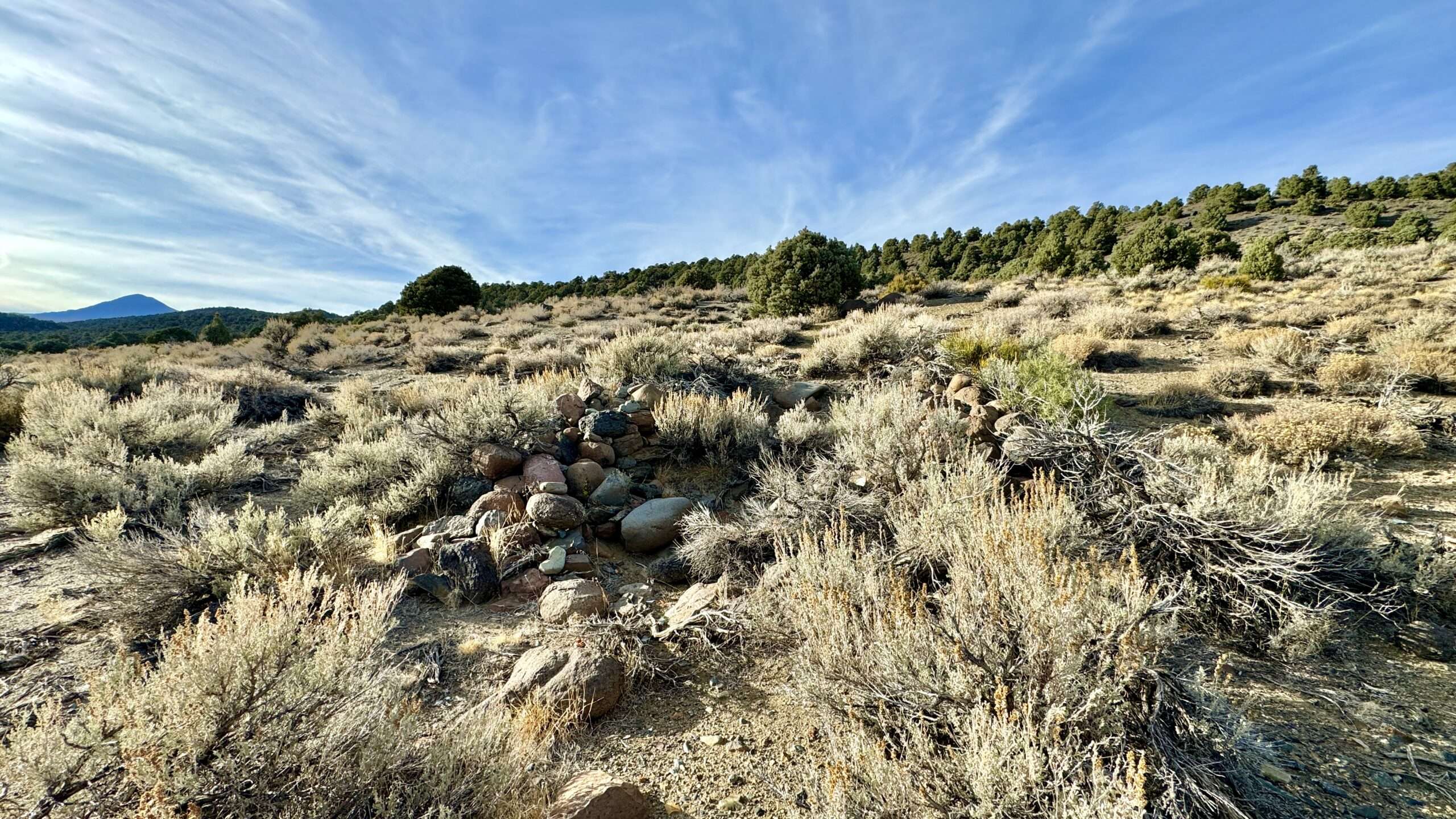
Hector’s Station was a stop on the Bodie to Lundy Stage line. While only rock roundaitons remain, period newspapers show us life on Mono Lake including everyday life, hoaxes and even shootings.
All roads lead to Bodie

At one time, stage stations dotted the area around Bodie. The term “stage” came with the development of longer-distance travel, which involved staging the trip. Multiple roads led to Bodie from areas including Lundy, Walker and Aurora, eventually connecting with Carson City. Roads and stage stations served in the transportation of people and freight.

(Photo credit: Second Promise)
Bodie may have been rich in gold but lacked other resources, including timber. The town needed lumber to build homes and businesses and support mines and fuel engines and mills. In 1878, W. J. Lundy operated a sawmill and supplied Bodie with lumber. A settlement named Mill Creek developed and later changed to Lundy.

Bodie and Lundy Stage Line

Mammoth Lakes, California · Saturday, May 16, 1885
A. F. Hector operated the Bodie to Lundy stage line. The stage departed Bodie on Monday, Wednesday and Friday mornings. The return trip from Lundy departed on Tuesday, Thursday and Saturday. Both stages departed at 6 am to make the long journey. Hector ran freight wagons between the mills and Bodie, alternating directions with the stage. Hector served on Mono Counties board of supervisors
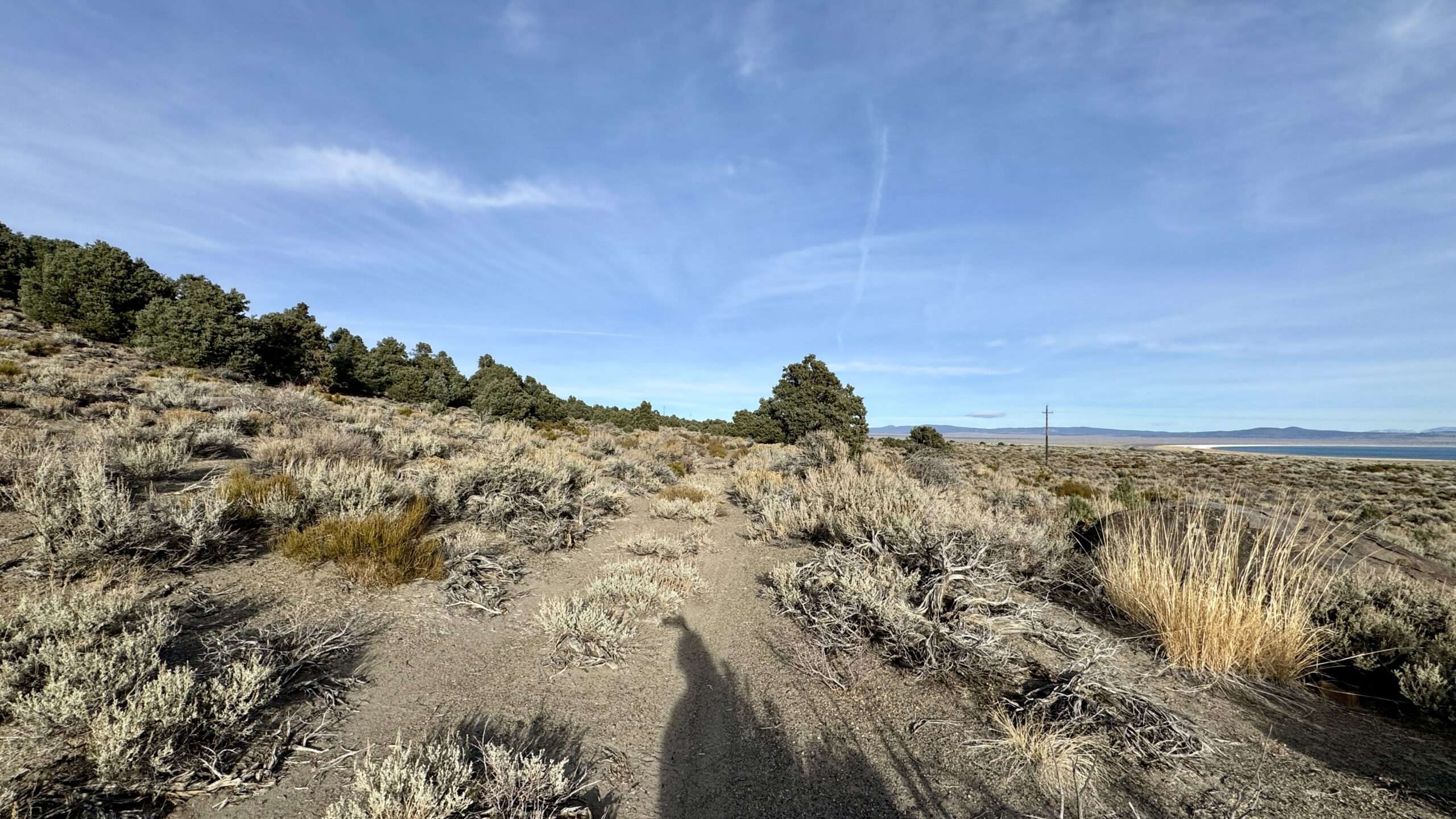
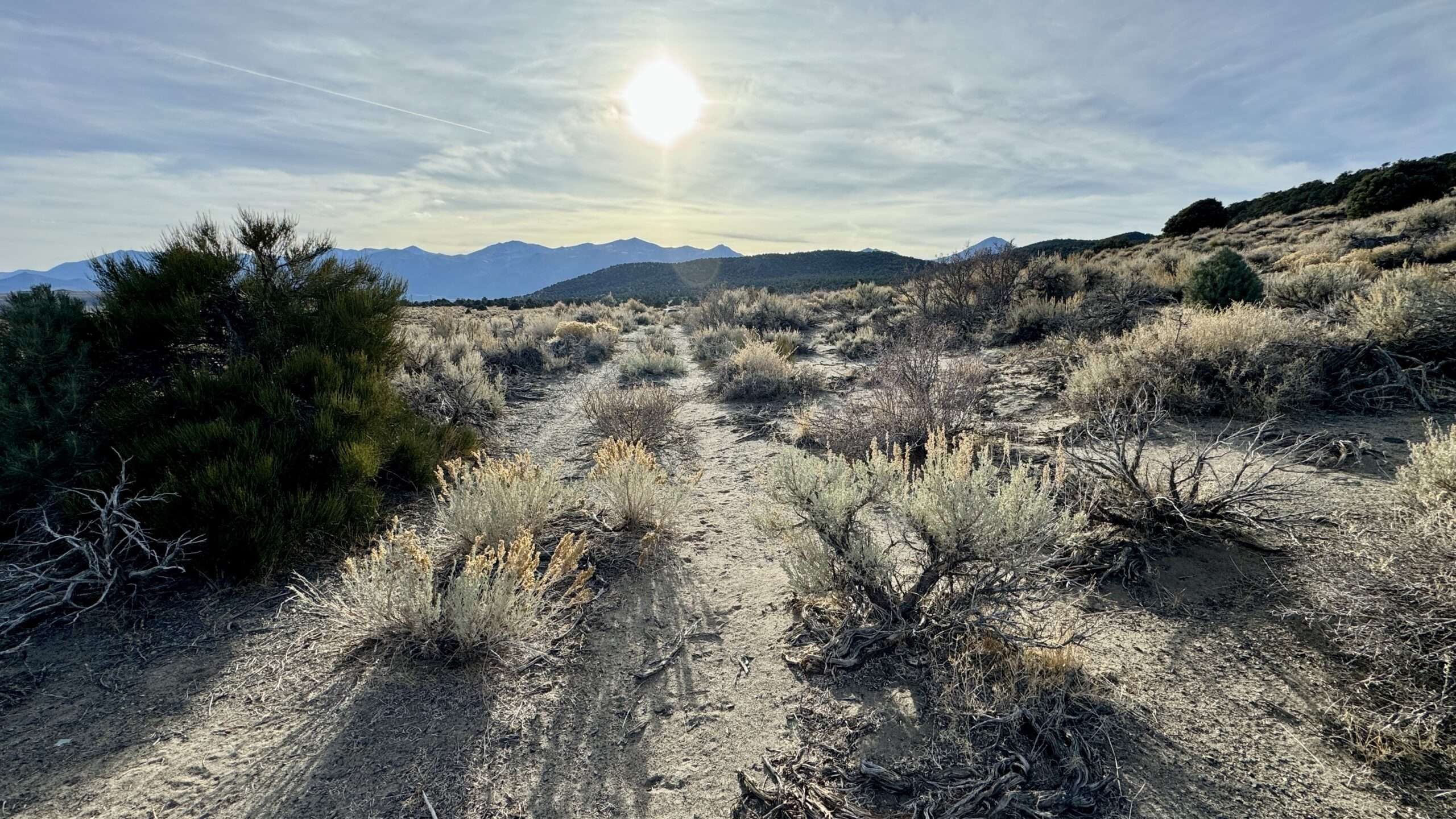
(Left photo looking towards Bodie, right towards Lundy)
Hector’s Station
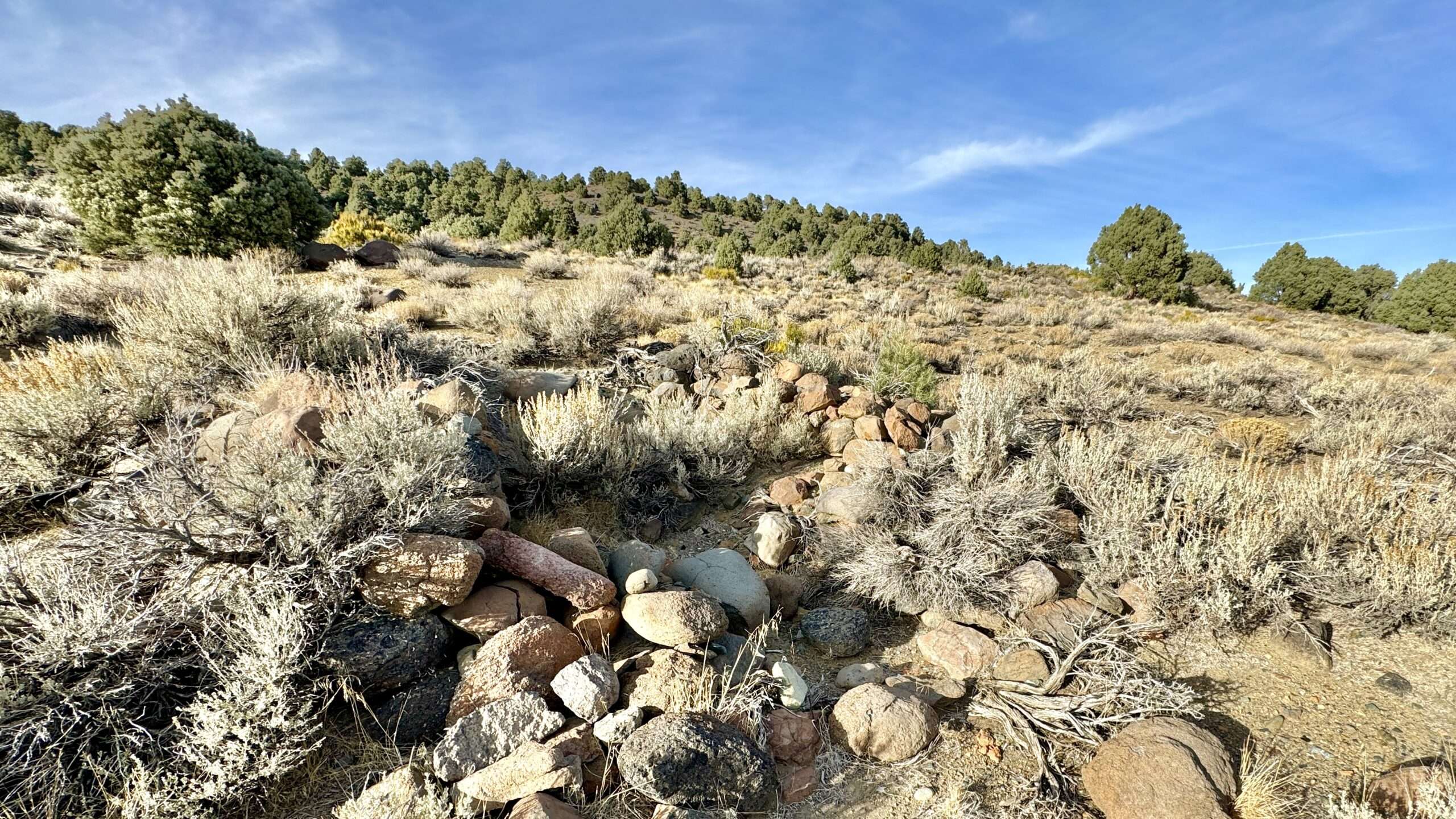
Along their journey, travelers needed facilities, meals and sometimes overnight accommodations. Hector located a station stop on his line halfway between Lundy and Bodie. The station included a house, stable, and corrals. Cowboy John Dondero, Sr. had a small cabin. Hector had horses and cattle. A delinquent tax notice lists the value of his assets; a horse is $20 a colt $10 and a dog $5.

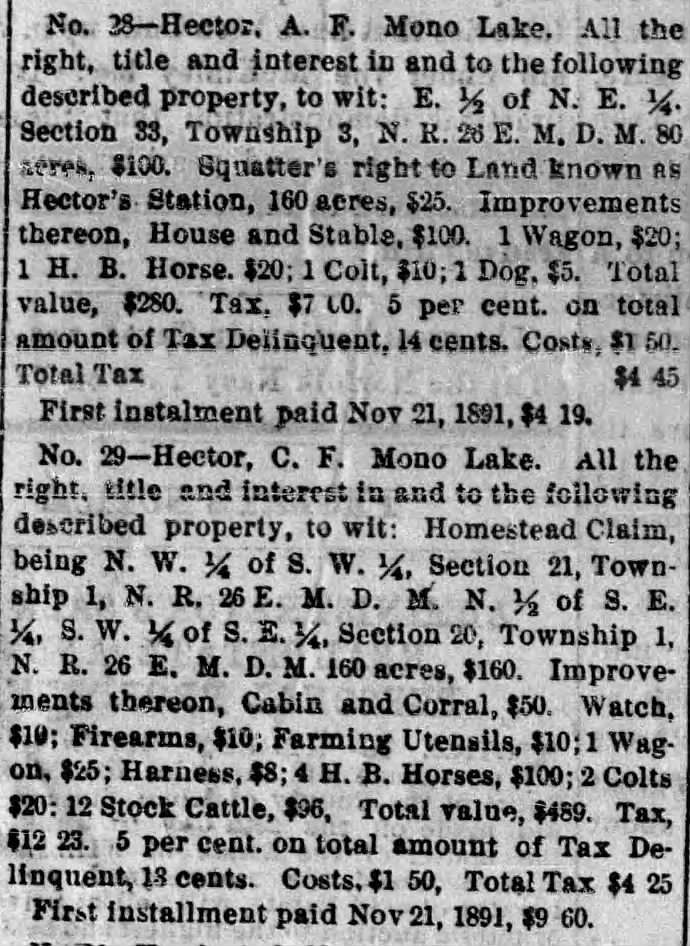
Mammoth Lakes, California · Saturday, June 25, 1892
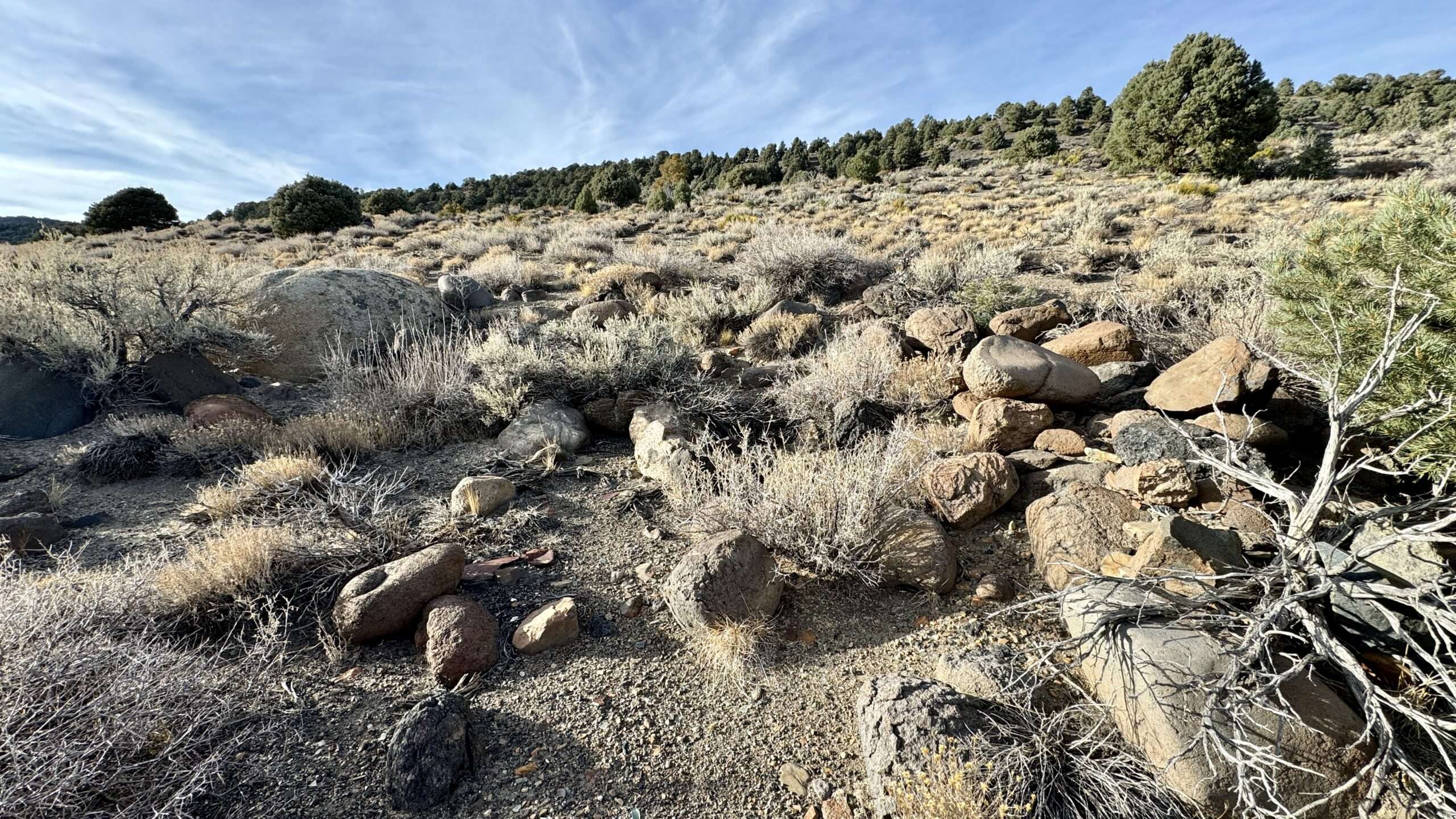
Gold from Cement
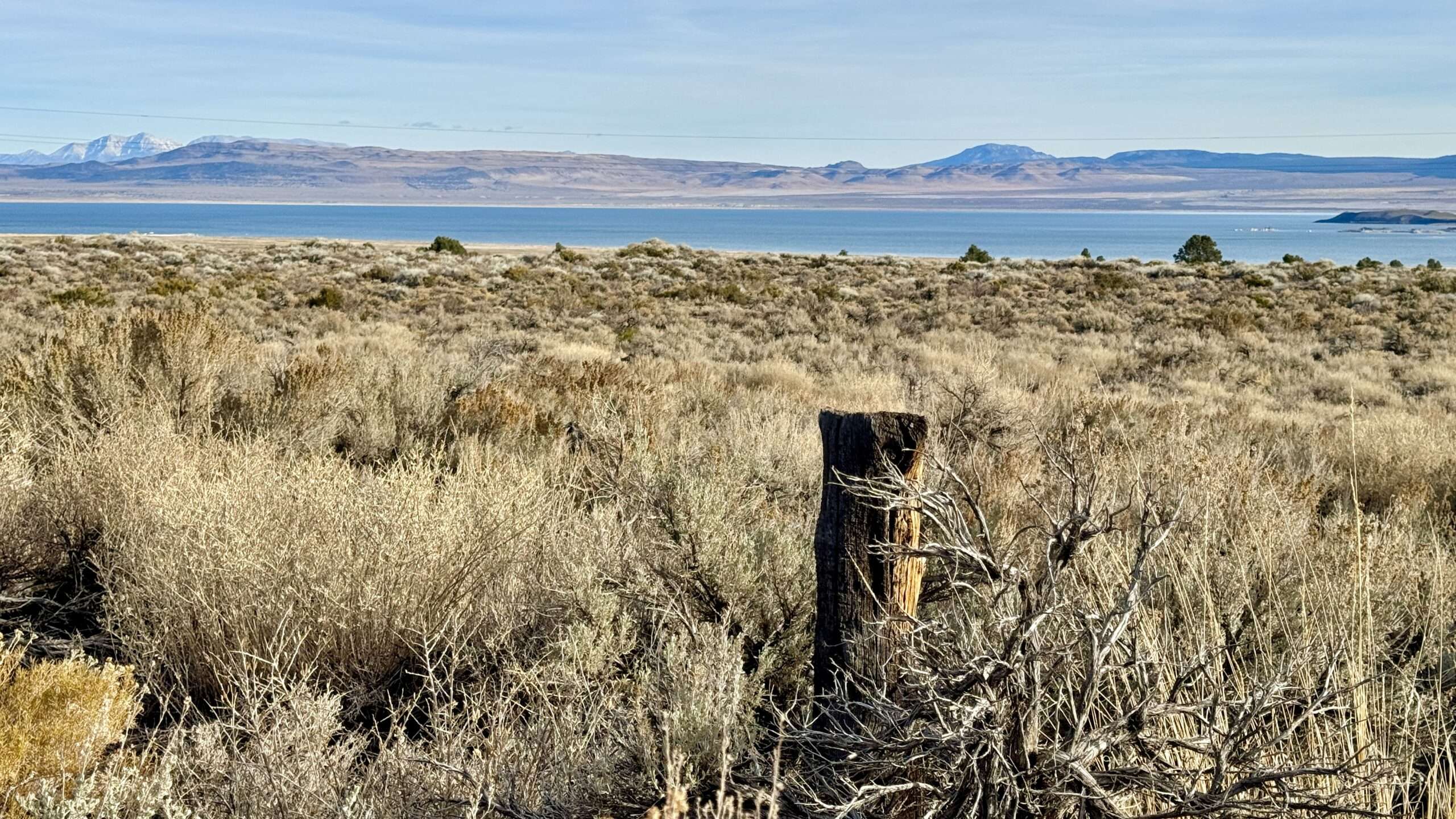
In 1889, the San Fransisco Chronicle reported that Native Americans discovered gold near Hector’s Station, where they had a winter camp. Accounts say concrete was “just strung together with gold.” Reportedly, they made enough money to repurchase the entire United States from Uncle Sam. No additional reports show the outcome, leading one to believe they may have discovered fool’s gold or the whole report was a hoax.
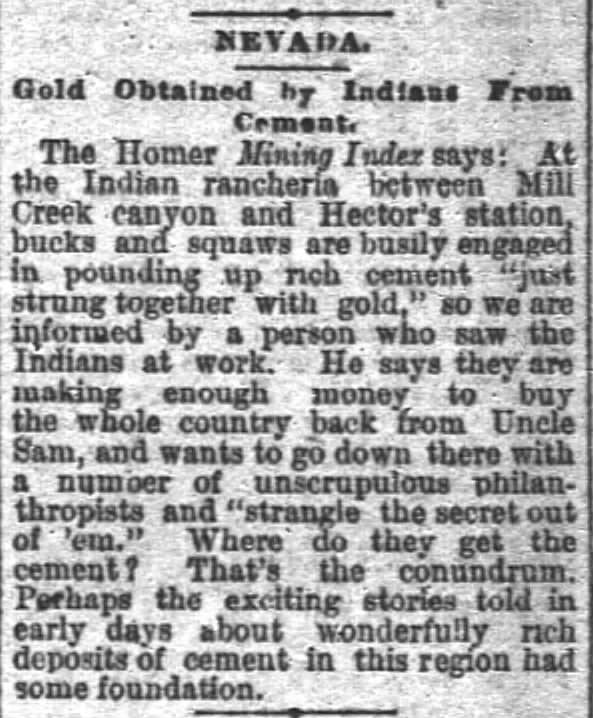
San Francisco, California · Thursday, January 17, 1889
During their winter downtime by Hector Station, many of the Piute enjoyed meeting to drink and play “household draw poker.” In 1910, a group “arrived on the scene well tuned up out for a good time.” At some point during the game, a pistol came out, and one man ended the evening with a bullet in his leg above the knee. The party was tight-lipped about who pulled the trigger, and investigators determined that “booze was the cause of the racket.”

Mammoth Lakes, California · Saturday, March 12, 1910
Eary 1900s
Hector’s Station remained active into the early 1900s. Newspaper accounts report road conditions and visitors, including J. A. Mattly.


Mono Herald and Bridgeport Chronicle-Union
Mammoth Lakes, California · Saturday, February 02, 1907

Mammoth Lakes, California · Saturday, February 24, 1906
By 1909, John Yribarren operated the Bodie Lundy Stage. The Conway family purchased Hector Station and Bodie Lundy Stage Line within the next two years. Their son Richie, along with friends George La Braque (of the Filosena Ranch) and Sim Lundy became fast friends. The trio rode around Mono Lake Basin and were known as “the Buckaroos.”

Mammoth Lakes, California · Saturday, August 07, 1909

Tale for another post
It is beyond the scope of Hector’s Station, but I will start looking into this story.
In 1884, “Tex” Wilson, a notorious desperate, kidnapped a woman from the Bodie and Ludy Stage and held her hostage. His capture included a shoot-out resulting in the death of a deputy, a jailbreak, and being on the lamb charges in multiple ghost towns.

Mammoth Lakes, California · Saturday, September 10, 1887
WANT MORE GHOST TOWNS?
For information on more than five hundred ghost towns in Nevada & California, visit the Nevada Ghost Towns Map or a list of Nevada ghost towns.
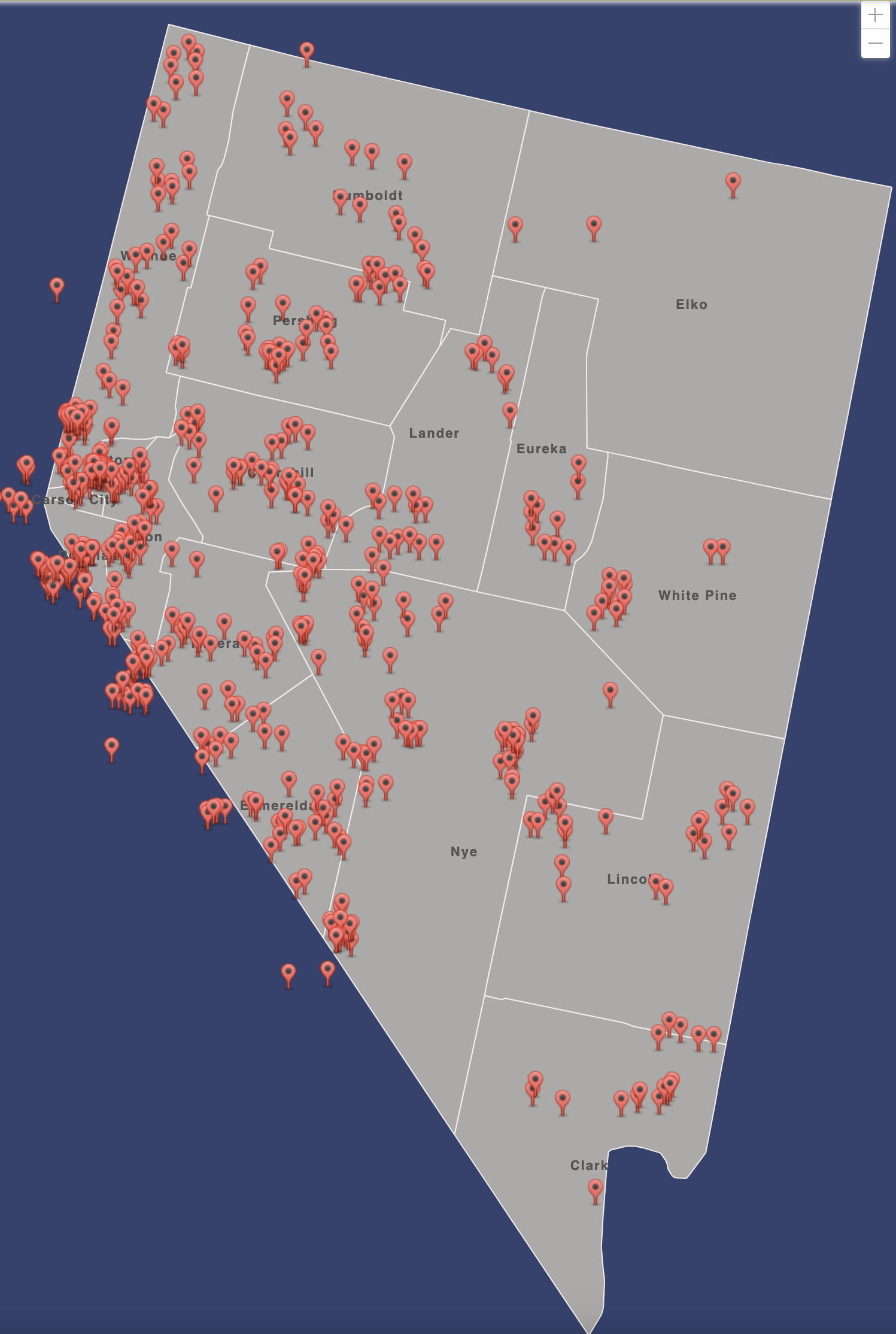
References
- Gudde, Erwin. California Gold Camps: A geographical and historical dictionary of camps, towns, and localities where gold was found and mined; Wayside Stations and trading centers. University of California Press, 1975. Page 155-6.
- La Braque, Lily Mathieu. Man from Mono. 1984. Pages 49-52. 125.
- Laws Railroad Museum and Historical Site: Supporting the Conway Ranch Hosue
- Mono Herald and Bridgeport Chronicle-Union October 06, 1888
- Mono Herald and Bridgeport Chronicle-Union May 16, 1885
- Mono Herald and Bridgeport Chronicle-Union September 10, 1887
- Mono Herald and Bridgeport Chronicle-Union June 25, 1892
- Mono Herald and Bridgeport Chronicle-Union February 24, 1906
- Mono Herald and Bridgeport Chronicle-Union February 02, 1907
- Mono Herald and Bridgeport Chronicle-Union Saturday, August 07, 1909
- Mono Herald and Bridgeport Chronicle-Union March 12, 1910
- San Francisco Chronicle Friday, April 08, 1887
Leave a Reply